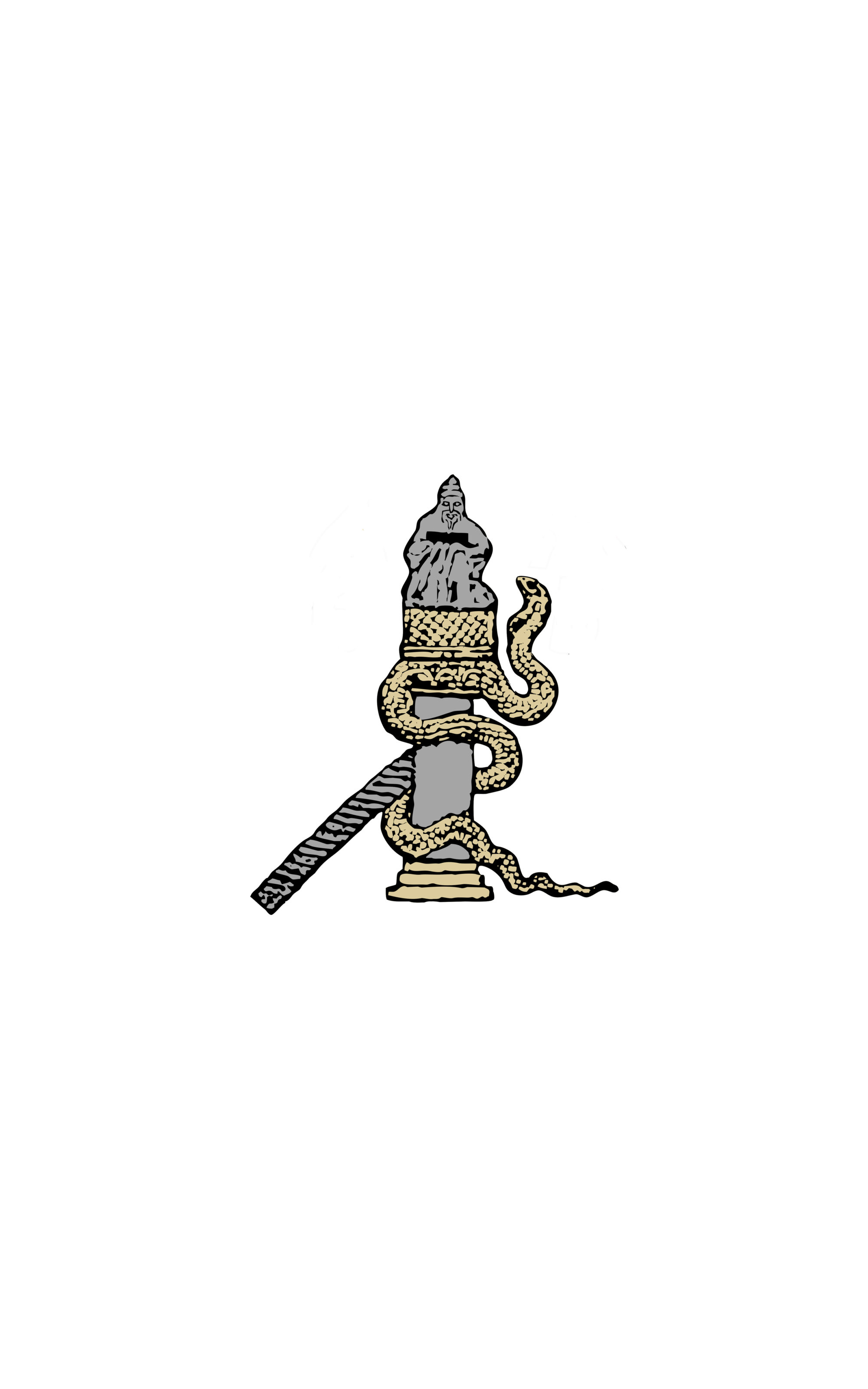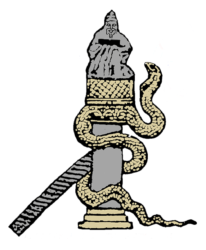Reconsidering Hagia Eirene through Ottoman Era Documents.
Bilge Ar, Université technique d’Istanbul
Hagia Eirene Church represents an important step in the formation of a unique Byzantine architectural style. It is one of the main stages proceeded with another Constantinople church Polyeuktos, reaching to the most explicit outcome; Hagia Sophia, for the efflorescence of the Early Byzantine architectural style. It comes forth in the city history as the most important church of the capital till the construction of Hagia Sophia. The church had been refunctioned and reused throughout the years it had been under Ottoman rule. It had been embraced by the outer walls of the newly built Topkapı Palace and had been transformed into an ammunition store short after 1453. Holy relics originally kept in the church and spoils of the conquering were housed here besides the weapons of the depot. It had then been expanded in 1726 and taking the name Daru’l-esleha (House of Weapons), having the valuable material in it reorganized into an observable collection. After being used as a house for the collection and an armory depot for many years it had been transformed into the first Imperial Museum (Muze-i Humayun) in 1869. The Ottoman history of the building has only been mentioned by important dates and major function changes in earlier sources. This paper aims to tell the story of this monument during Ottoman era handling all the applications for repairing and those realized due to function changes and the later additions. Besides the physical additions and applications the administration of the building, important figures, other establishments functioning together with it and construction activities within the built environment around it are also among the subjects handled. A retrospective evaluation of Ottoman and Byzantine history of the building may also help to answer unanswered questions of the Byzantine monuments through Ottoman era documents including documents from Ottoman archives, images from miniatures, gravures, photographs in the 19th century and travelers notes.

